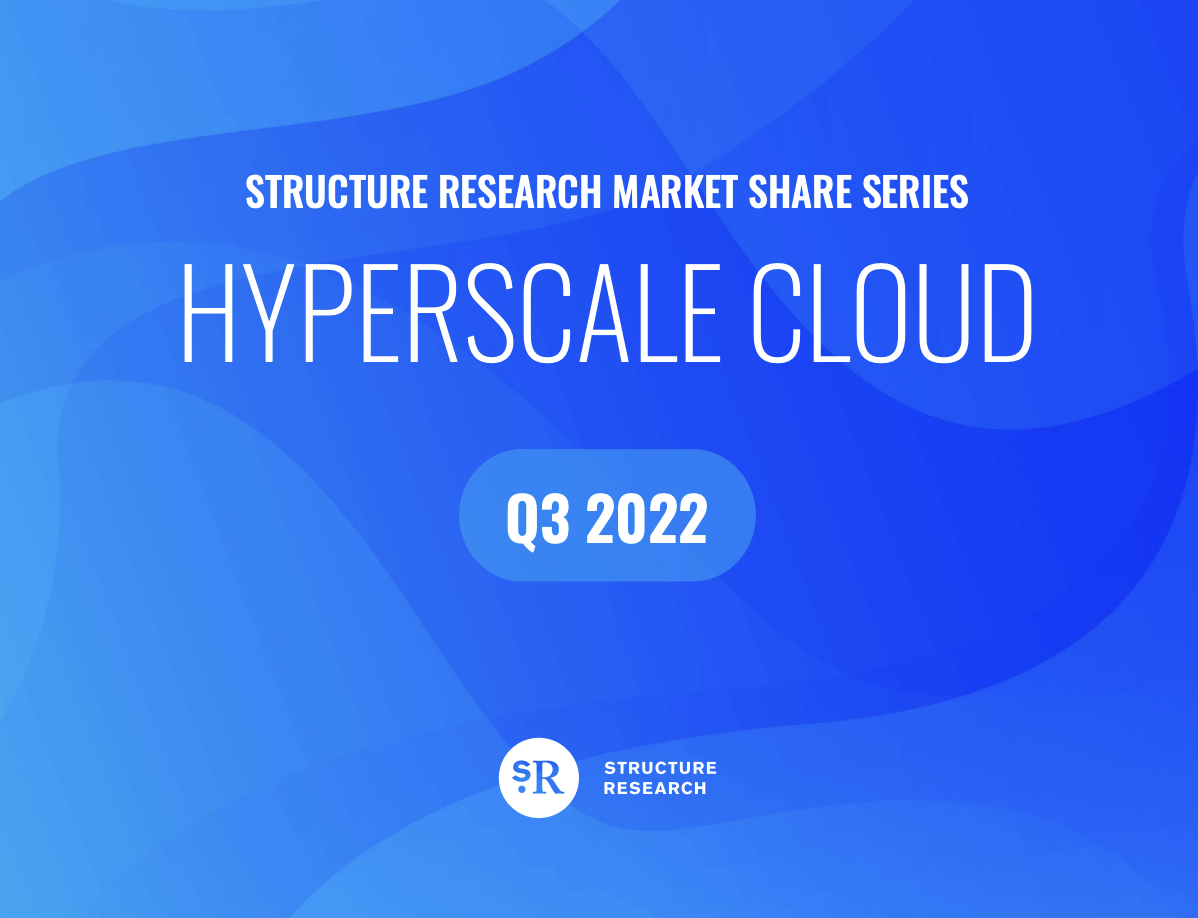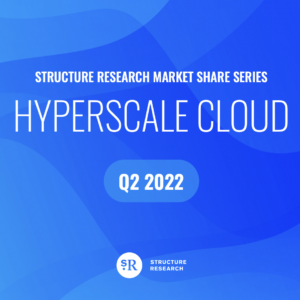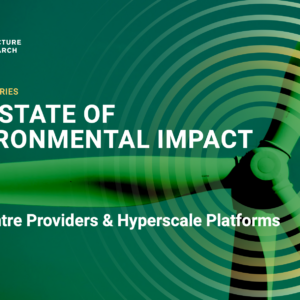Executive Summary
The hyperscale cloud sector is pushing through one of the toughest periods it has ever faced. Growth has slowed again moving into the second half of the year and the performance in China continues to be poor. But the sector refuses to be knocked off course. Numbers are down, but all the relevant KPIs and data points speak to a healthy growth trajectory, continued accumulation of scale and efficiency, and overall strength in the underlying value proposition and operating model.
Weakness in the technology sector does not seem to have negatively impacted hyperscale cloud operations. Data centres are still being built, more new regions around the world are coming online and hiring is steady and unaffected by the headcount reductions seen across the technology sector. The moves from hyperscalers speak clearly to their long-term optimism and the strategic importance of the business.
Given the current macro environment, it is a good bet that the current situation will continue to persist as the sector moves into 2023. Hyperscalers are guiding for growth to stay in the current range, with further declines possible, but probably not landing too far off from where things are right now. On the operations side, supply chain issues should improve, though geopolitical dynamics in Europe could create ongoing challenges.
This report provides comprehensive growth rate projections and total revenue estimates for the world’s seven hyperscale cloud platforms on a five-year basis. Included are geographic splits and a total market summation. This latest version also features a refresh of our hyperscale cloud region and interconnection node tracking. Hyperscale cloud is projected to reach $650.9b in value in 2027, with a five-year CAGR of ~33.2%.






